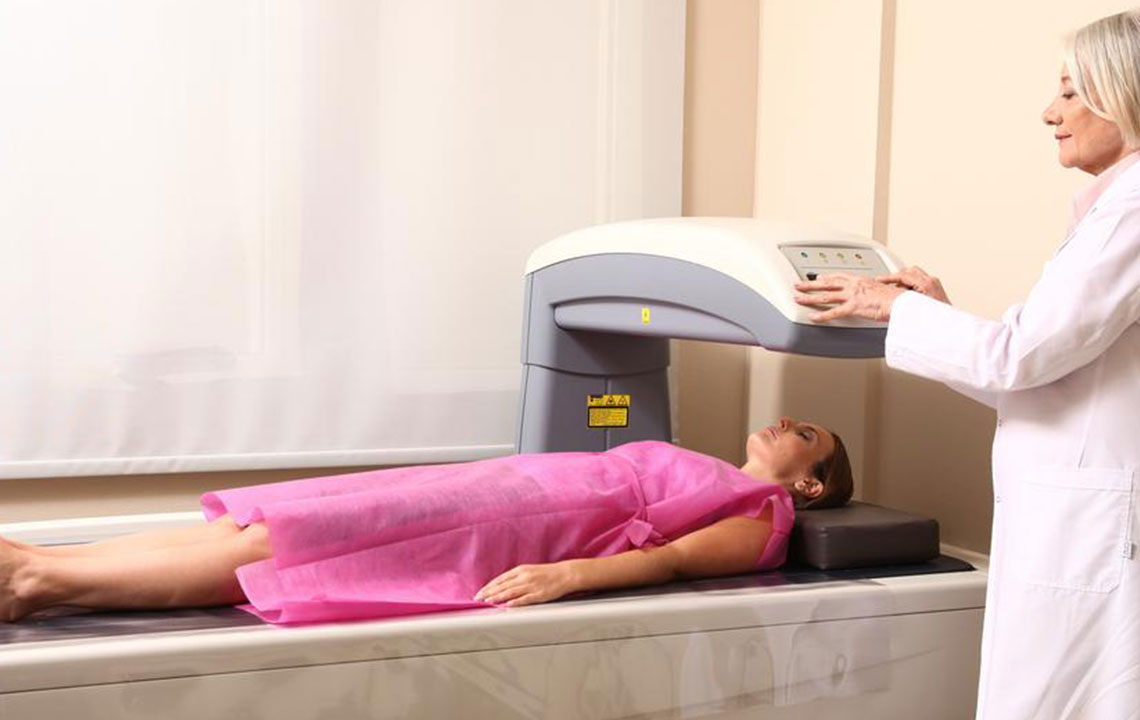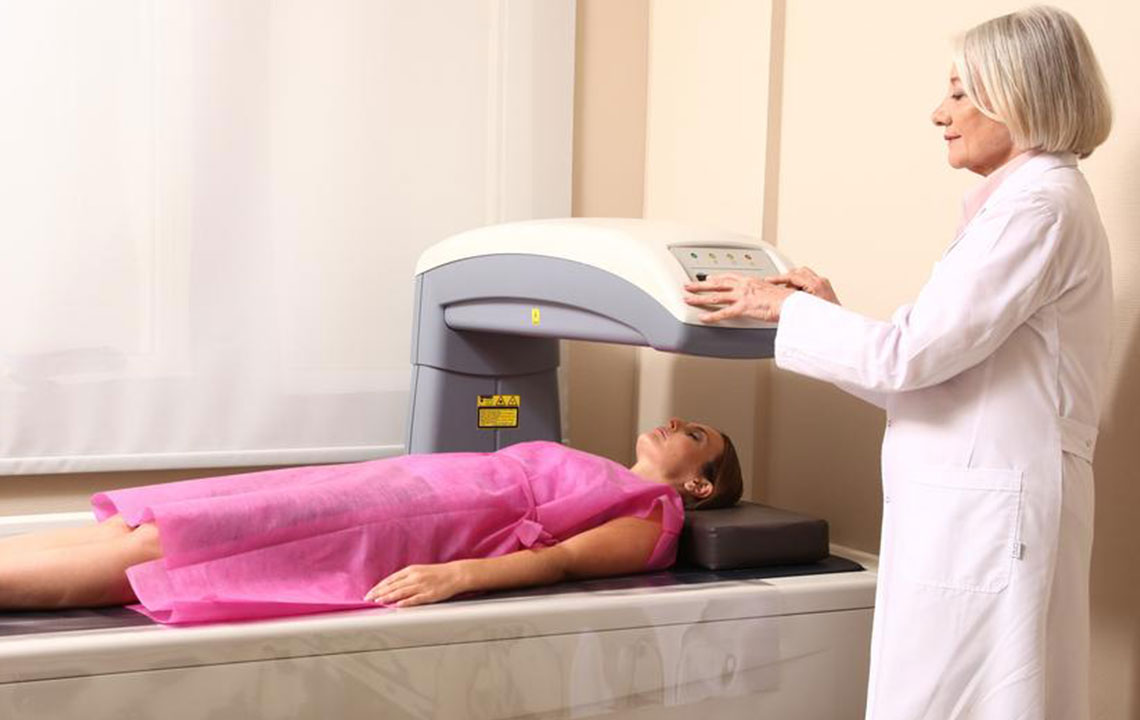Procedure and types of bone density test
Bone density test is a diagnostic procedure used to identify the strength of the bones. The test gives us the density of the bones and their strength. The bone density test is helpful in diagnosing osteoporosis. Usually, a bone density test of the hip region or the spine is recommended for the test.
Before the test was introduced, osteoporosis could only be identified after a broken bone. This test helps doctors give better healthcare to those people who are at the risk of having osteoporosis.

Procedure
The procedure is rather simple; much like taking an X-ray. You will be made to lie down on a padded platform of the central machine. A small metallic arm passes over your body. The amount of radiation emitted using a bone density test is very less compared to the radiation emitted when taking a chest X-ray.
It usually takes 10 to 30 minutes. The test is usually done on bones that are most likely to break. There are peripheral devices available at pharmacies that can measure bone density of parts away from the central skeleton. Bone density varies from one point of the body to the other, therefore it’s not advised to consider the readings by the peripheral machines and come to a conclusion.
Types of bone density test
There are two main types of bone density test.
DXA
Dual-energy X-ray Absorptiometry (DXA) uses very small amount of radiation to take pictures of the skeleton. The bone loss is determined from this picture obtained by the test. There is no special preparation for this test. Do not wear any jewelry. Advisable to wear loose clothing. Avoid taking calcium supplements 24 hours before the test.
QCT
Quantitative Computed Tomography (QCT) uses a standard CT scanner and then converts the values of the CT image to measure the bone density. People who are suffering from scoliosis often use this method because they can’t undergo the other method for a bone density test. QCT is faster than other tests and can isolate and scan the soft bones present near the spine. This is really helpful as Osteoporosis usually affects the soft bones first.
Results
The test results are represented in two numbers T-score and Z-score.
T-score
T-score is a comparison between your bone density and the bone density that is standardized for the same sex.
- If T-score is -1 and above, the bone density is considered normal
- If it’s between -1 and -2.5, the bone density is below normal and might lead to osteoporosis
- -2.5 and below, the bone density is very low and osteoporosis is diagnosed
Z-score
Z-score is the number of standard deviations above or below the regular bone density measure of a healthy individual of same sex, weight, age etc. If the Z-score is lower than -2, it suggests that something other than aging is the cause of less bone mass.




